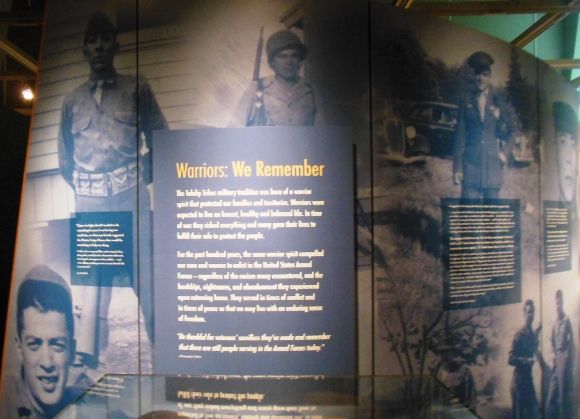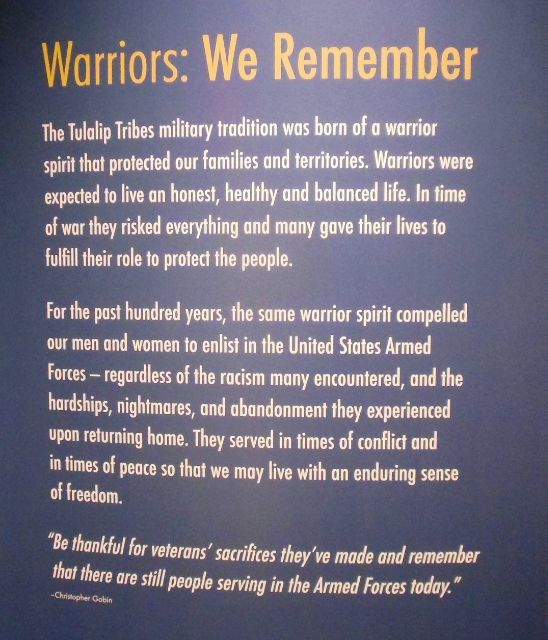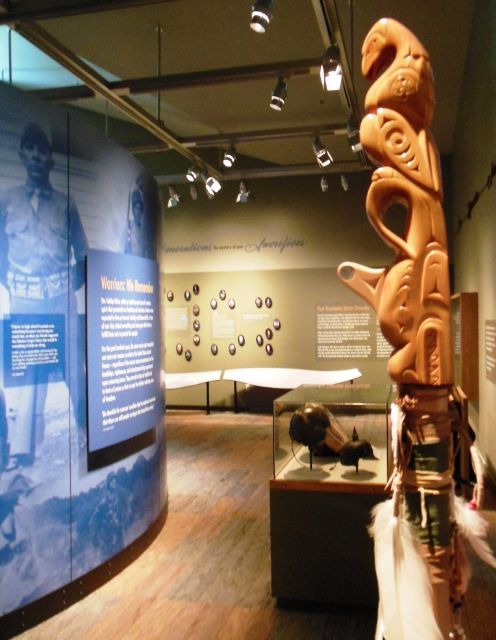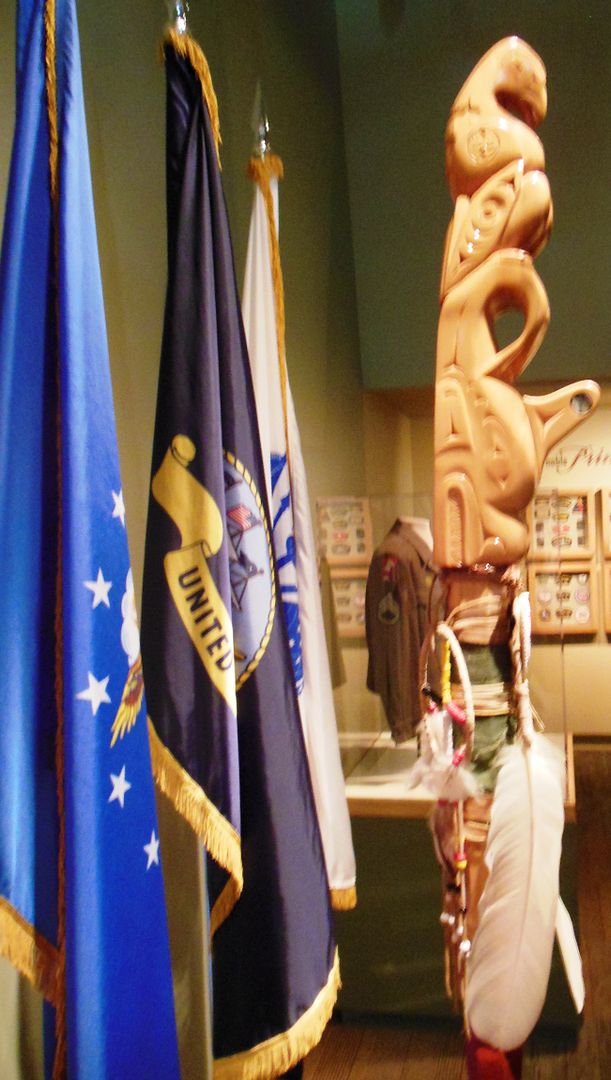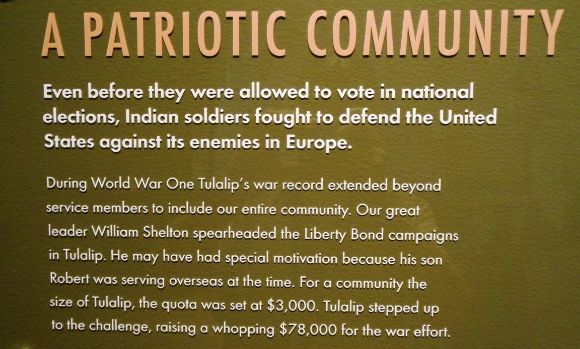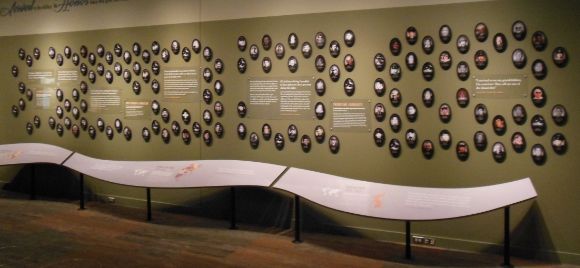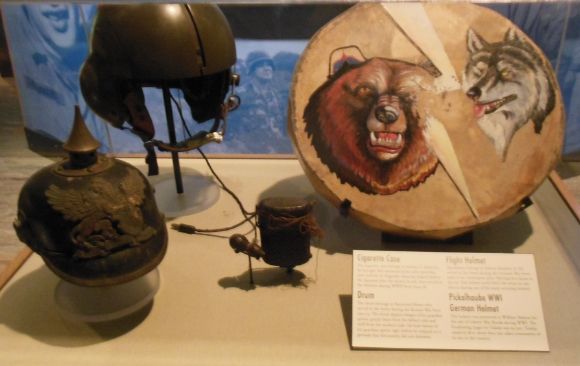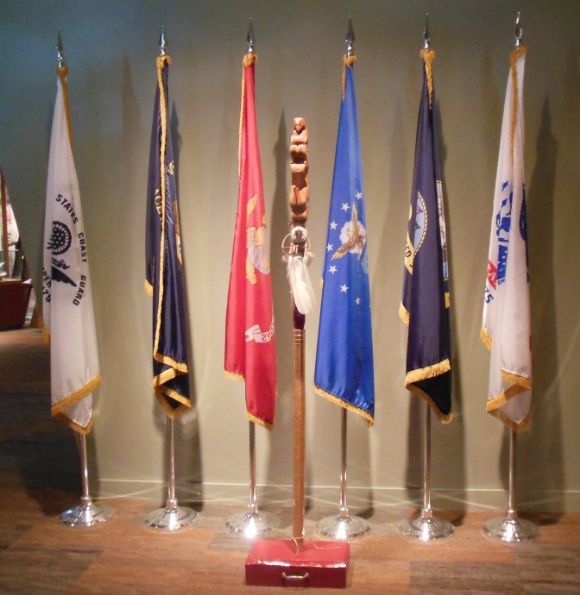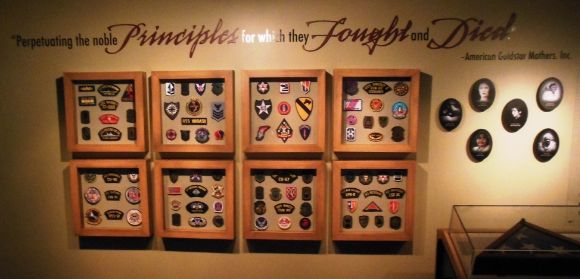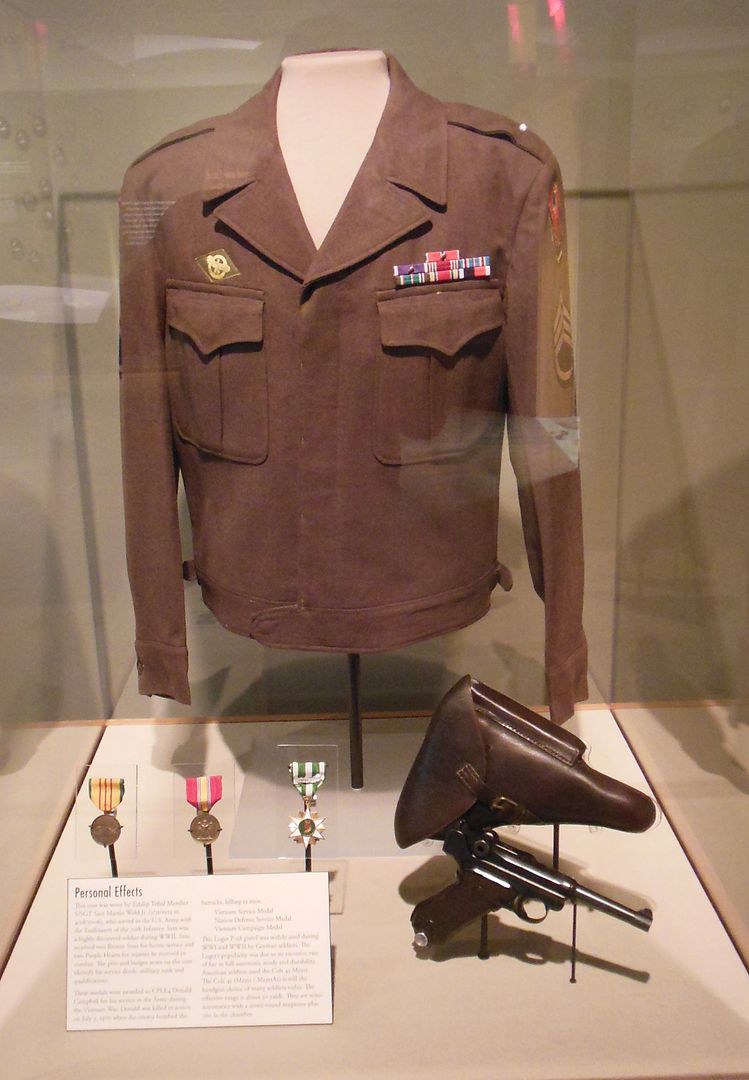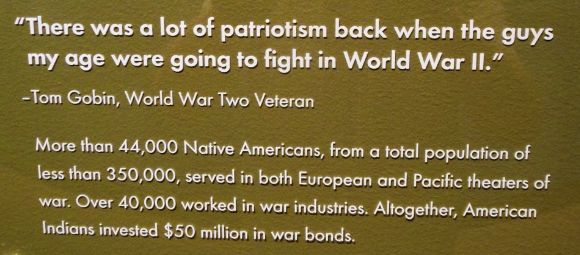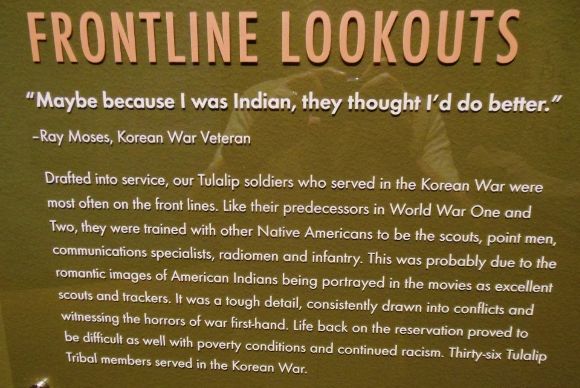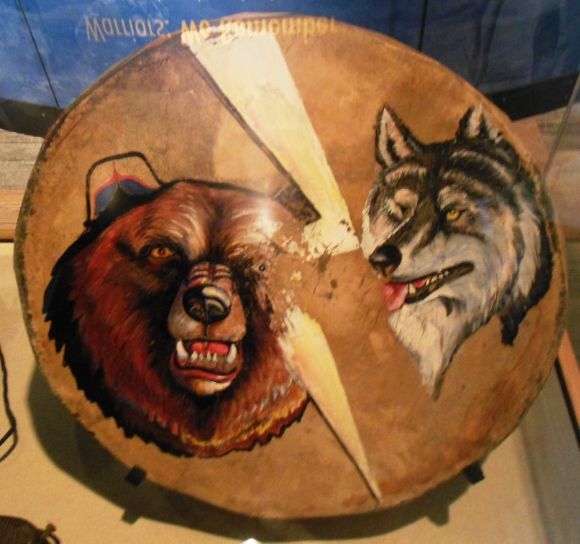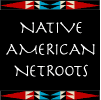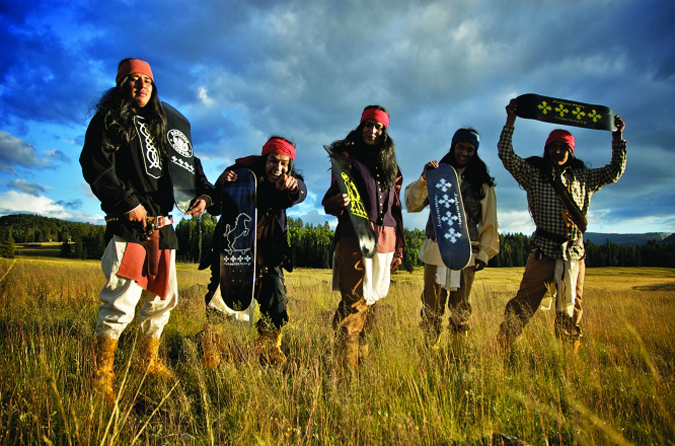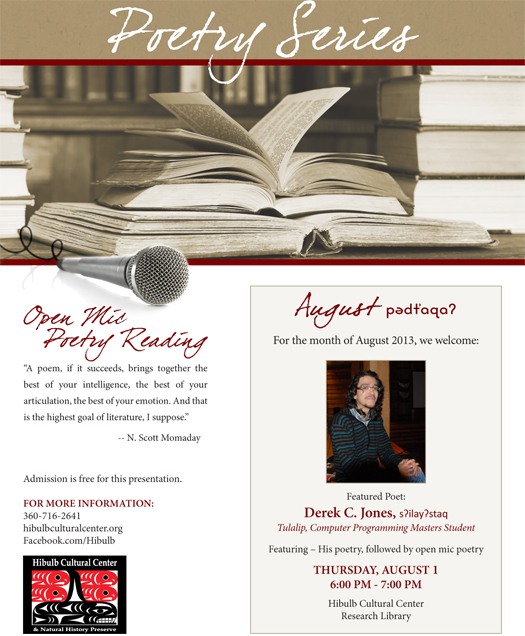5th Anniversary Highlights Include Extraordinary Epicurean Events, Celebrity Chefs & Sommelier Superstars
Tulalip, Washington – Tulalip Resort Casino is gearing up for a weekend of revelry to celebrate the 5th anniversary of Taste of Tulalip, its coveted award-winning food and wine aficionado event. Scheduled for November 8 and 9, 2013, this year’s line-up of top talent, to be announced within the next month, will include many familiar names as well as some stars on the rise. Past culinary celeb appearances have included ABC TV’s “The Chew” host Carla Hall, Bravo’s Top Chef Master and author Marcus Samuelsson, wine legend Marc Mondavi, “Thirsty Girl” Leslie Sbrocco and others. Executive Chef Perry Mascitti and Sommelier Tommy Thompson are putting together a dazzling roster of food, wine and tradition show-stoppers that have been a year in the planning. Taste 2013 will feature honorary winemaker Bob Betz of Betz Family Winery. Taste of Tulalip tickets have just gone on sale at Ticketmaster, with Friday night Celebration dinner tickets soon to follow.
The two-day gathering, with a focus on food, wine and tradition, begins with a Friday night wine and passed hors d’oeuvres reception, followed by the aptly named Celebration Dinner. The multi-course repast will focus on Native American and traditional recipe inspired dishes, paired with a global offering of rare, top wines. It is priced at $175. Tickets are limited and this event is always a sell-out.
On Saturday “All Access” pass holders ($295) will enjoy early entrance to the unforgettable Grand Taste; a VIP seminar featuring a celebrity cooking demo, table talk and Q & A session on the Viking Kitchen Stage; a private Magnum Party where they’ll be treated to a high level wine and indigenous food pairings; and a special bonus this year – two in-depth Reserve Tasting forums.
The weekend’s highlight is always the Grand Taste, spanning four hours and featuring lavish food stations as well as over 100 wines from Washington State, California and Oregon, and craft beer. It is priced at $95 and includes a Rock –n- Roll Cooking Challenge done “Iron Chef” style with celebrity judges looking for the best from both regional and Tulalip chefs, and sommelier teams. Special guest Emilio Lopez of El Salvador (a sixth generation specialty coffee producer), will be appearing at the Dillanos Coffee Roasters espresso bar, where guests will be able to sample a special TOT 5th Anniversary Blend.
All of the weekend’s wine offerings will be available in limited quantities for purchase in the Taste of Tulalip retail wine shop. There will also be book and bottle signings for those looking to personalize their purchases.
For tickets, go to www.tasteoftulalip.com or www.ticketmaster.com


